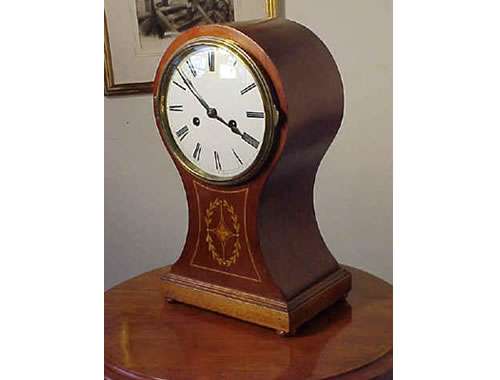C.1725 George Graham NO.634 Clock
Historical transaction records of George Graham NO.634 Clock
GEORGE GRAHAM NO.634 LONDON, CIRCA 1725; A MONTH-GOING MEAN SOLAR TIME AND SIDEREAL LONGCASE REGULATOR WITH PERPETUAL
MEASUREMENTS
height 6ft. 8in. (2.03m.)
DESCRIPTION
12-inch dial signed Geo. Graham, London, secured to the movement with six latched pillars, silver plumed mask and leaf double-screwed spandrels, matted center, needle point hands and seconds dial enclosing a calendar aperture, the arch with the sidereal time dial, a maintaining power lever at III, the substantial movement with demi-tapered plates numbered 634 at the base of the backplate, six latched pillars, bolt and shutter maintaining power, stopwork, deadbeat escapement with long crutch and pivot endplates, the complex calendar and sidereal work between the dial and the front plate, the reverse of the backcock scratch signed John Shelton, Shoe Lane, gridiron pendulum with massive lenticular bob and calibrated regulation nut; the custom-built slightly later case (circa 1765) with broken-arch molded cornice, gilt-brass molded border to the dial and reeded canted corners, the trunk with similarly arched door veneered with well figured wood, paneled plinth, the interior with a silvered beat plaque and movement supporting bracket.
George Graham (1674-1751), one of England’s most renowned clockmakers, was apprenticed to Henry Aske in 1688 and then entered the service of Thomas Tompion as a journeyman in 1695. He married a niece of Tompion and became his partner in 1704, succeeding to the business on Tompion’s death in 1713. He was elected a Fellow of the Royal Society in 1721 and Master of the Clockmakers’ Company in 1722. On his death in 1751, as a sign of the great respect in which he was held, Tompion’s grave in Westminster Abbey was opened to receive the body of his former partner.
Thomas Tompion introduced a numbering system for the clocks he made after about 1685 and this sequence of numbers was continued by George Graham. Clocks made during the lifetime of Tompion carry numbers up to about 580, but Graham made far fewer clocks, probably not more than two hundred, of all types. This clock is numbered 634 and so was probably made between 1720 and 1725.
This regulator is one of the earliest timepieces to indicate mean solar and sidereal time on a single dial driven by the same movement; it required great ingenuity to calculate the necessary wheel train and to install it in this movement so that the indications could be clearly visible on the same dial. The simplicity of the calendar aperture disguises the fact that the calendar work is in fact complex and designed to be perpetual, taking into consideration the differing lengths of each month with a four-year cycle to take account of leap years.
Graham is famed for the invention of the mercury pendulum, which he described in a paper presented to the Royal Society in 1715, but in the same paper he acknowledged that he had been experimenting with bi-metallic compensation, some two years before Harrison began similar experiments. It is known that Graham used gridiron pendulums on his astronomical clocks and so it is likely that the present pendulum is original to this movement. In a letter to Seth Atwood dated July 5th, 1969, concerning this regulator, Philip Coole (formerly of the British Museum) records “two Grahams were in a sale in 1765, both were month clocks, one had equation work and a mercurial pendulum, the other with compound (gridiron) pendulum showed equal and sidereal time and had a perpetual calendar.” It seems very likely that the second mentioned regulator was the present lot.
The style of the mahogany case suggests that the clock was either not cased until after Graham’s death or re-cased for reasons that may not be possible to determine. The case is very ‘Mudge’ in style and so it is likely that Thomas Mudge, who was apprenticed to and worked with Graham, used his case maker to supply the present purpose-built case, perhaps this was done shortly before the sale in 1765 to which Philip Coole refers.
In a letter published in Antiquarian Horology, Spring, 1978, it is said that this regulator was at one time at Balls Park, a large country house on the outskirts of Hertford. The letter also records the contents of a newspaper cutting found pasted to the back of a photograph of the movement.
| Manufacturer: | George Graham |
| Clock Type: | Longcase |
| Price Type: | Auction |
| Pre-Auction Estimate: |
You must be an active subscriber to view this premium content. Subscribe or Login. |
| Price Realized: |
You must be an active subscriber to view this premium content. Subscribe or Login. |
| Sold Date: | 19, Jun, 2002 |
| Courtesy of |
You must be an active subscriber to view this premium content. Subscribe or Login. |



